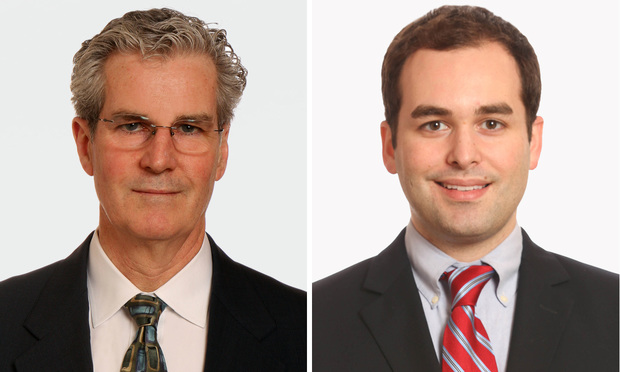Few tools are as handy to civil defense counsel as pleading rules imposing a particularity obligation. Absent such rules, participants in unprofitable ventures would find it all too easy to assert fraud against counterparties. In federal practice, the familiar FRCP 9(b) provides a reliable bulwark against the “in terrorem or stigmatizing effect on defendants and their reputations” of loosely pleaded fraud claims.1 Federal courts emphasize that Rule 9(b) guards against strike suits—actions of dubious merit designed to extract a settlement through plaintiff’s threatened access to the instruments of discovery.2 For these reasons, the federal bench usually enforces strictly the heightened pleading standard requiring a claimant to specify the “who, what, when, where and how” of an alleged fraud.3
But in state court practice, CPLR 3016(b), the counterpart to FRCP 9(b), has been applied inconsistently, and some leading commentators have even questioned the viability of a heightened pleading standard on fraud claims. This article reviews the interpretation of CPLR 3016(b) in New York courts, and comments on the role of a heightened pleading standard for fraud claims in state practice.
Initial Restricted Reading
This content has been archived. It is available through our partners, LexisNexis® and Bloomberg Law.
To view this content, please continue to their sites.
Not a Lexis Subscriber?
Subscribe Now
Not a Bloomberg Law Subscriber?
Subscribe Now
LexisNexis® and Bloomberg Law are third party online distributors of the broad collection of current and archived versions of ALM's legal news publications. LexisNexis® and Bloomberg Law customers are able to access and use ALM's content, including content from the National Law Journal, The American Lawyer, Legaltech News, The New York Law Journal, and Corporate Counsel, as well as other sources of legal information.
For questions call 1-877-256-2472 or contact us at [email protected]



